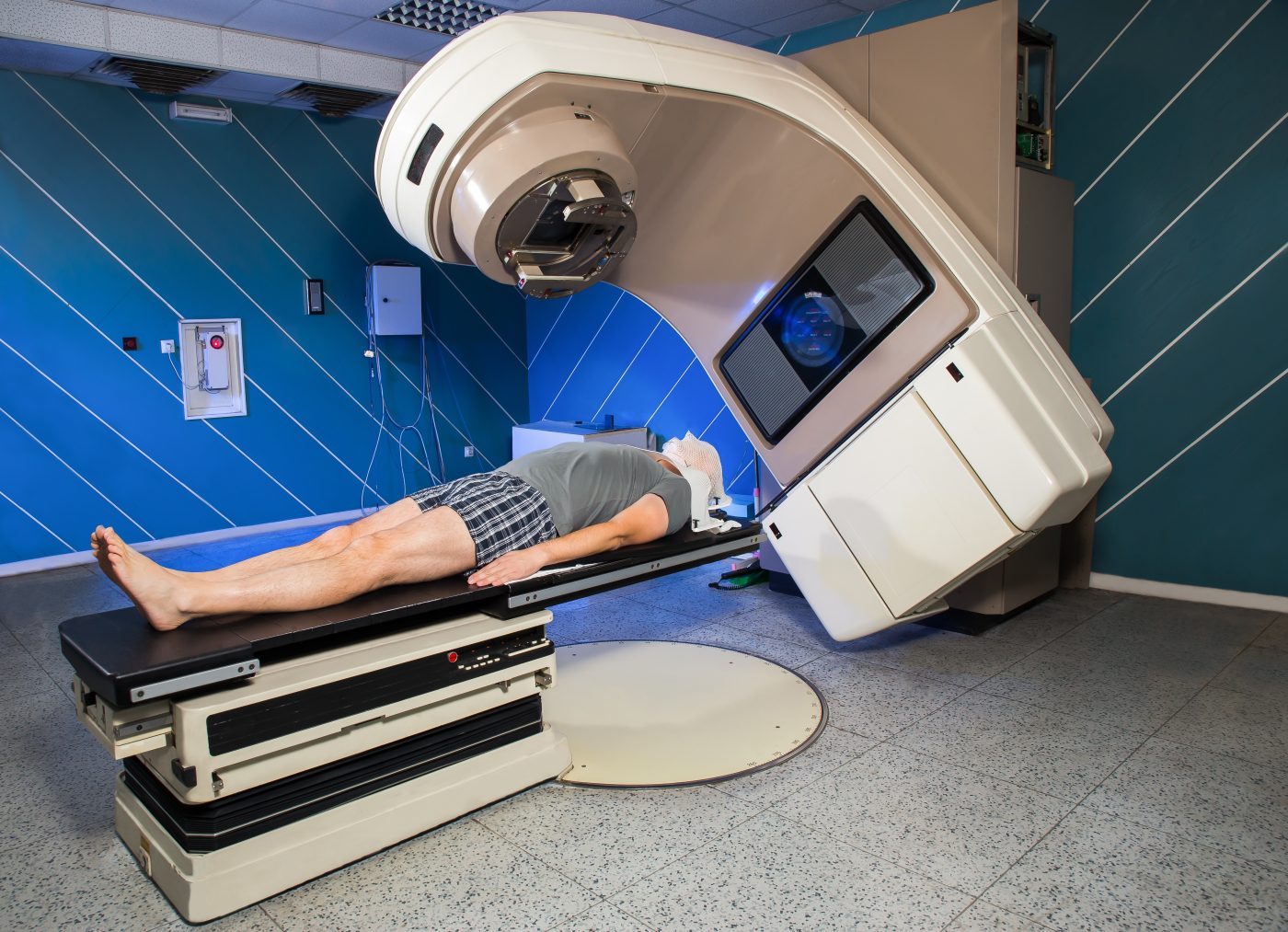UK researchers proved that a hypofractionated high-dose intensity-modulated radiotherapy compared to conventional radiotherapy for prostate cancer, significantly impacts patient treatment time and outcome, and will save tens of millions in cost for the the National Health Service (NHS).
“Our study shows that fewer, larger doses of intensity-modulated radiotherapy work just as well as more, smaller doses for men with prostate cancer, without reducing quality of life – and would save each man the inconvenience of 17 more hospital visits,” said lead investigator David Dearnaley, Professor of Uro-Oncology at The Institute of Cancer Research, London, and Consultant Clinical Oncologist at The Royal Marsden, said in a press release.
A similar therapy regimen used in breast cancer treatment since 2009 has so far saved the NHS 50 million euro per year. The new treatment for prostate cancer reduce hospital visits in the U.K. by 150,000 visits per year.
The study, “Conventional versus hypofractionated high-dose intensity-modulated radiotherapy for prostate cancer: 5-year outcomes of the randomized, non-inferiority, phase 3 CHHiP trial,” was published in The Lancet Oncology.
Several methods exist for the treatment of prostate cancer, including radiotherapy (also called radiation therapy) which exposes tumor cells to ionizing radiation to induce DNA damage and suppress cancerous tissue. But the conventional radiotherapy requires more than 37-dose courses of radiation, which is time-consuming for the patients and costly for the system.
In the 14-year study, 3,200 prostate cancer patients at more than 70 UK research centers between 2002 and 2011 were followed. The patients were randomly assigned to one of three groups: 37 radiation treatments of 2 Gray doses per day combined with two more regimes; 19 radiation treatments of 3 Gray doses per day, and 20 radiation treatments of 3 Gray doses per day.
Simply, a Gray is the way radiation oncologists measure units of ionizing radiation.
The results revealed that a 20-dose schedule for five years had similar outcomes in treatment efficacy and quality of life as the conventional 37-dose schedule. Further, patients on the 20-dose schedule using high-dose intensity-modulated had less than half the adverse side effects than patients on the standard 37-dose schedule.
“If the new regime is incorporated into routine clinical practice, it will save the NHS tens of millions of pounds per year as well as freeing up space for other patients to have radiotherapy more quickly,” Dearnale said.
Study co-leader Emma Hall, Deputy Director of the Cancer Research UK-funded Clinical Trials and Statistics Unit at The Institute of Cancer Research, London, which co-ordinated the study, supported the results.
“We already know many centers have already switched to the new regime, and we hope it will soon become the new standard of care for prostate cancer treatment on the NHS,” Hall said.
Professor Paul Workman, Chief Executive of The Institute of Cancer Research, London, implied that the study will usher major changes system wide for prostrate cancer treatment.
“This is an important study which opens the door to better, more convenient care for patients while saving the NHS valuable money that can be spent on other treatments. Our researchers have a strong track record not only of developing improved forms of radiotherapy but also in running major clinical trials like this that can deliver changes in routine clinical practice,” Workman said.

